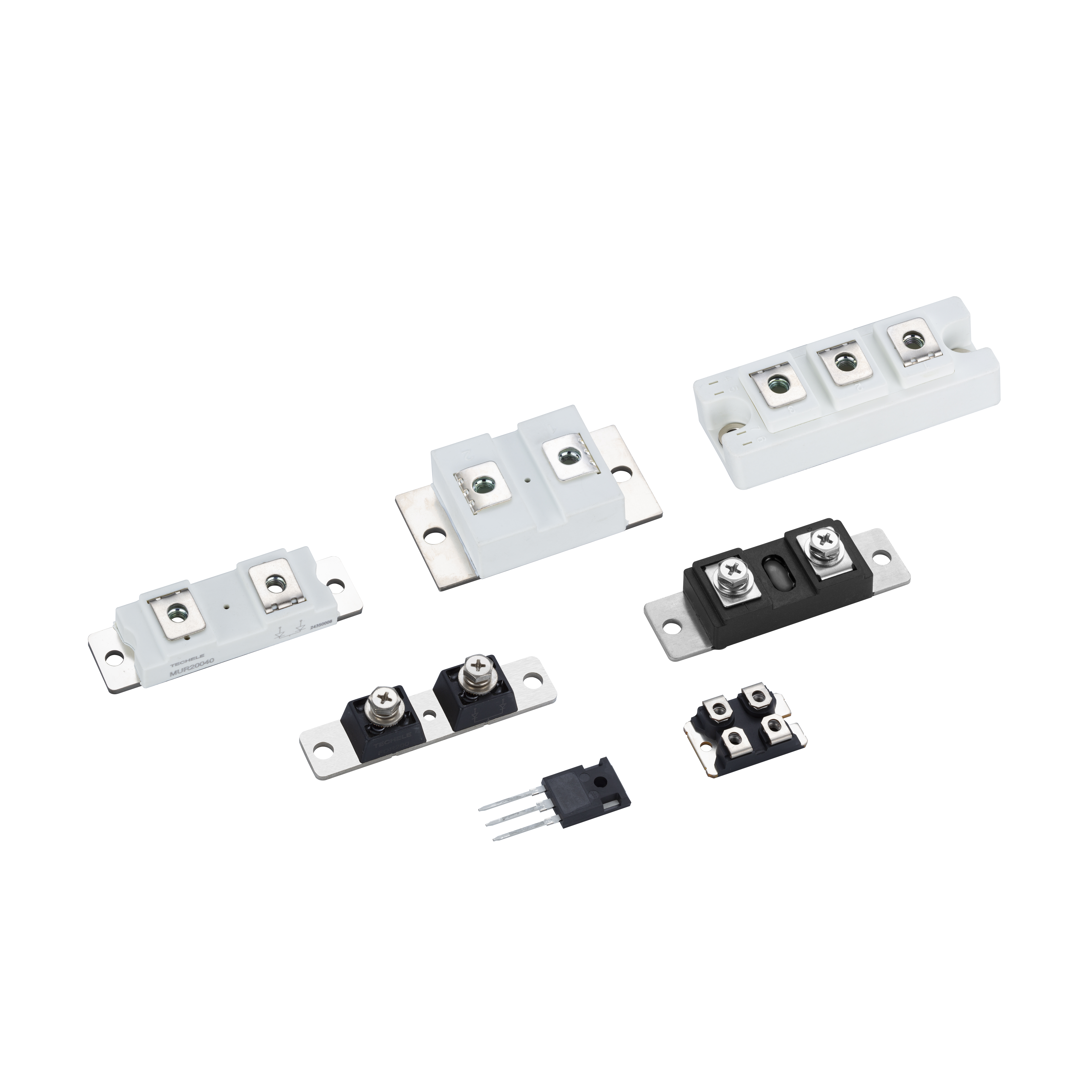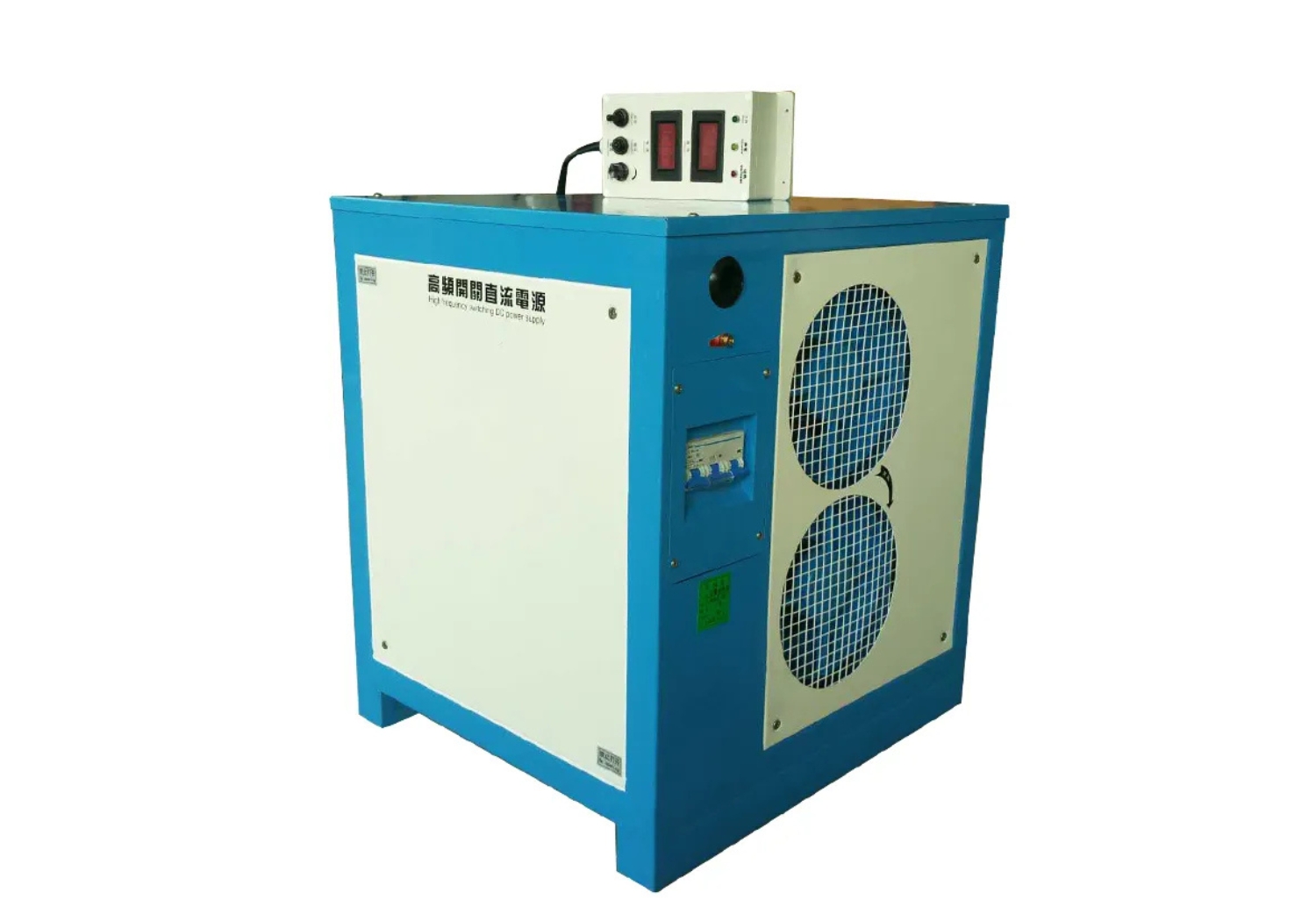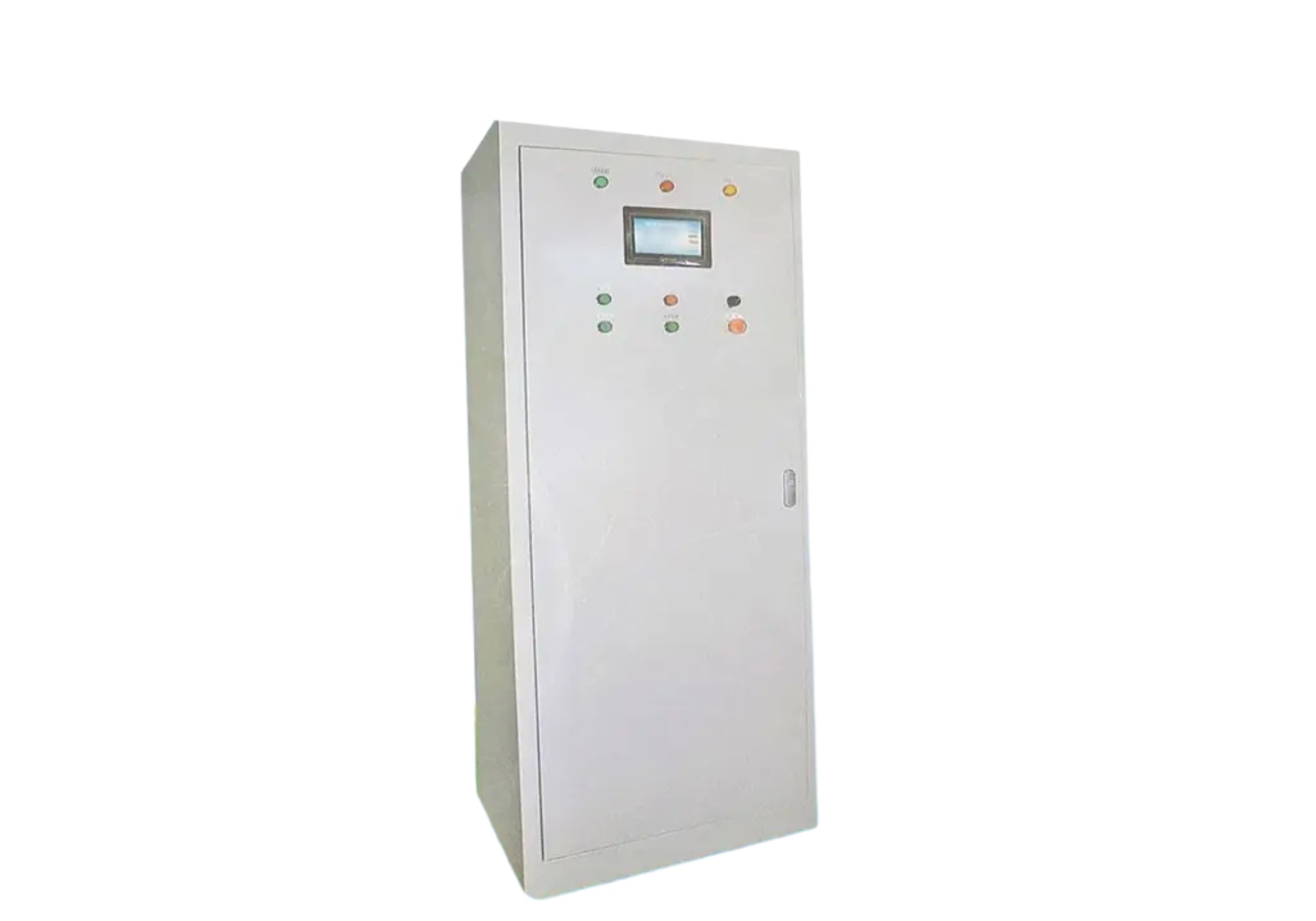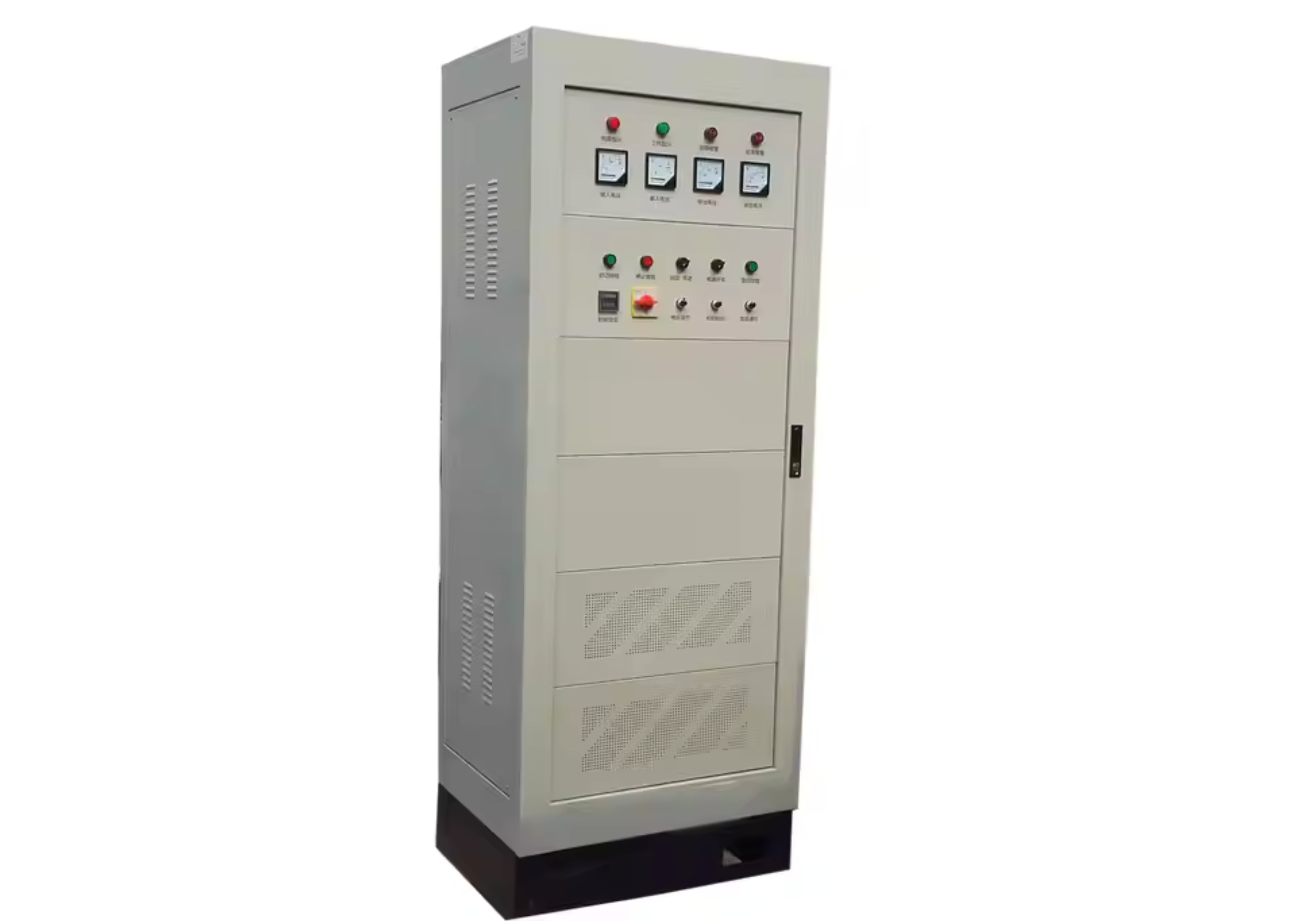Ensuring Long-Term CE/UL Compliance for Thyristor Modules in UPS Systems
For manufacturers and integrators of 106A thyristor modules for UPS systems, achieving CE or UL compliance is just the beginning. Long-term safety and reliability depend on continuous adherence to certification standards—especially as modules age or are integrated into varying UPS architectures. This article explores how aluminum-oxide-baseplate, compact, UL-recognized, and hard-soldered-joint components can maintain safety and certification over time in real-world applications.
Why Long-Term Compliance Matters
While initial certification may validate safety at product launch, factors such as thermal cycling, load variation, and environmental exposure affect performance. Industrial and OEM environments often demand:
24/7 uptime for mission-critical systems,
Proof of compliance beyond factory testing,
Lifecycle documentation for audits or failure analysis.
Modules with panel-mount or screw-mount installation styles must endure not just lab simulations but decades of field service.
Material Degradation and Recertification Risks
Components like aluminum-oxide-baseplate offer excellent thermal conductivity, but their effectiveness may degrade with:
Microcracks caused by uneven mounting torque,
Delamination from extended thermal cycling,
Corrosion due to humidity or chemical exposure.
Hard-soldered-joints, although stronger than mechanical pins, face oxidation risks over time. If degraded, the module may lose UL-recognized status and require requalification. Proactive inspection and testing every few years help mitigate this.
Maintaining Surge and Phase-Angle Performance
Modules with surge-protection or phase-angle-control are particularly vulnerable to degradation from voltage spikes or harmonic stress. Their continued performance relies on:
Periodic surge simulation to confirm clamping thresholds,
EMC revalidation to prevent increased harmonic emissions over time.
Designers should log initial test data for compact 106A thyristor modules and benchmark them against periodic field readings.
Best Practices for Compliance Maintenance
To sustain certification validity:
Document all changes to the BOM, especially for key items like solder materials, insulation coatings, or baseplate adhesives,
Maintain torque logs for every panel-mount or screw-mount installation during field service,
Conduct periodic re-testing on aged modules, especially after 5-7 years of service or if exposed to high switching frequencies.
It’s also wise to engage the same certification body for any updates or repairs, ensuring continuity in testing protocols and documentation review.
Building a Sustainable Certification Strategy
Rather than viewing compliance as a checkbox, manufacturers should embed it into their lifecycle strategy. This includes:
Training installation staff on torque settings and inspection routines,
Archiving data from all UL-recognized batch tests,
Scheduling biennial lab evaluations for long-service UPS systems,
Selecting partners who support long-term traceability and re-certification services.
Investing in sustainable compliance supports both system integrity and brand reputation—critical when deploying OEM certified industrial-grade 106A thyristor modules.






